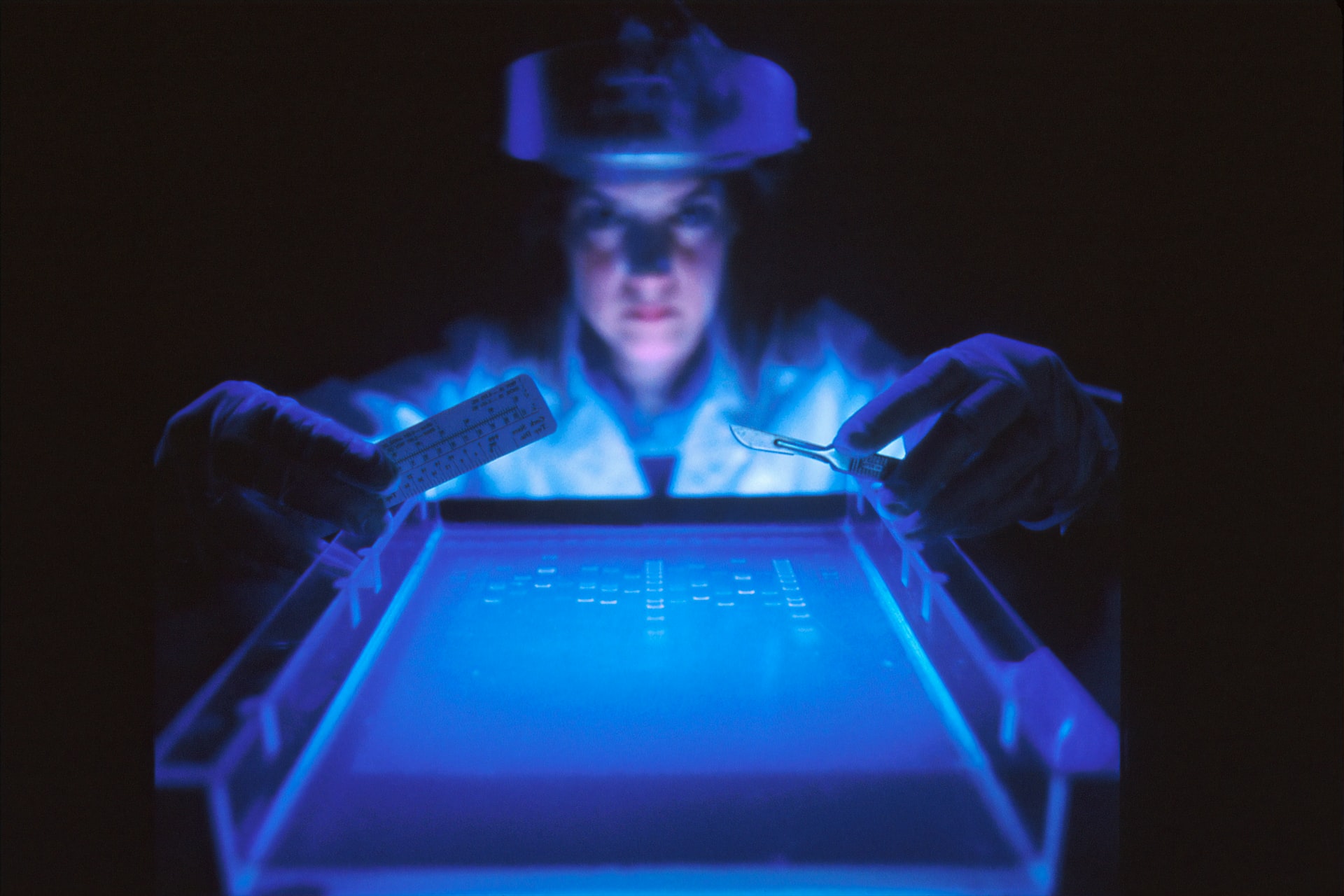In the last decades, awareness campaigns around plastic recycling have grown considerably in the media and in the public sector.
Larry Thomas, who led the industry lobby for more than a decade, spoke about it.
The business model was not viable. But they touted it as a solution, selling an idea that helped companies produce new plastics.
The industry was unwilling to make recycling work because recycling was in direct competition with its business of selling as much oil as possible, according to the Houston Public Media.
«The bottle may appear empty, but it is anything but garbage,» says a 1990 ad showing a plastic bottle emerging from a garbage truck.
Americans believed that waste would be kept out of burgeoning landfills and oceans.
it may interest you:
The truth
The reality is that most plastics cannot and will not be recycled, reported NPR. According to the EPA, in the last 40 years, less than 10% of plastic has been recycled.
According to the NPR report, at a cost of $ 50 million a year, oil and plastic companies posted advertisements, installed collection centers, funded recycling projects, and public regulation campaigns to convince the public that recycling works.
Up until 2017, most recyclable plastic was shipped to China for treatment, Forbes reported; but that was the last year that 24 types of waste, including plastic, were accepted from the US by China.
This led to more plastic ending up in landfills across the country.
However, earlier this year, Forbes reported that Mexico would receive plastic from its neighbor, the United States.
Internal documents from the 1970s and as well as former executives confirmed that the industry knew from the beginning that large-scale recycling would never be economically viable because the process costs more than making new plastic, NPR reported.
A series of investigative reports by NPR and PBS’s Frontline series this year found that the oil and gas industries, the plastic manufacturers, knew from the beginning that plastic recycling would never be feasible.
Still, they spent tens of millions of advertising dollars each year to tell the public that plastic can and should be recycled.
In fact, the idea that plastics are transformed into new products is largely a myth, as read on The Intercept site.
It may interest you:
The problem of plastic waste
More than 29 million metric tons of plastic enter the environment each year, where it harms animals and damages habitats.
However, a study published in Science Magazine revealed that the problem can be reduced by almost 80% in the next 20 years using recycling and waste management technology.
To achieve this reduction, countries must change how they handle plastic waste, both production, design, use and disposal, the study indicated.
According to the authors, the changes include reducing the use of plastic, replacing plastic when possible, improving recycling strategies, expanding waste collection and building better disposal facilities.
However, if done correctly, the research found that 710 million metric tons of plastic waste would still enter aquatic and terrestrial ecosystems between 2016 and 2040.
Increasingly, research shows the negative effects of plastic pollution on wildlife.
More than 800 species are known to have been damaged by this contamination, either by ingestion or entangled. Humans are also affected.
Drink bottles and other plastic debris litter beaches, block drains and other sewage systems, and provide a breeding ground for disease vectors.
The combined economic cost of plastic pollution in fishing, tourism and shipping is estimated to be at least $ 13 billion annually, according to Science research.
Unfortunately, a significant accumulation of plastic waste will continue, even in the system change scenario.
Innovations, such as new business models and advanced waste management technologies, and commitments from the international community will be needed to eliminate the flow of almost all plastic pollution into the environment.










